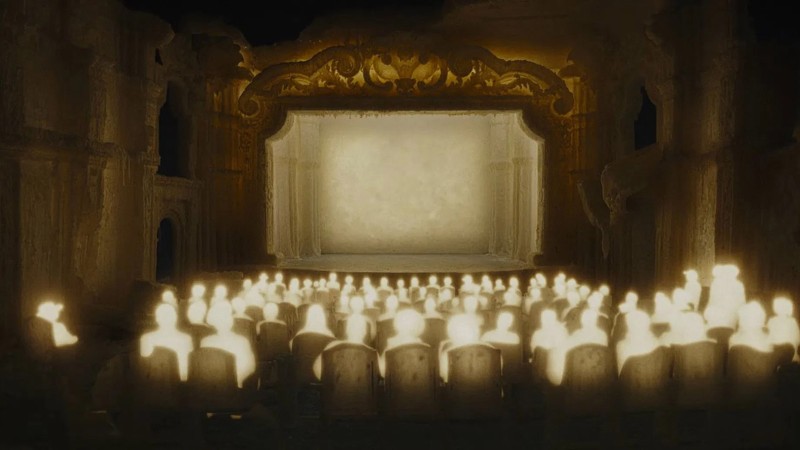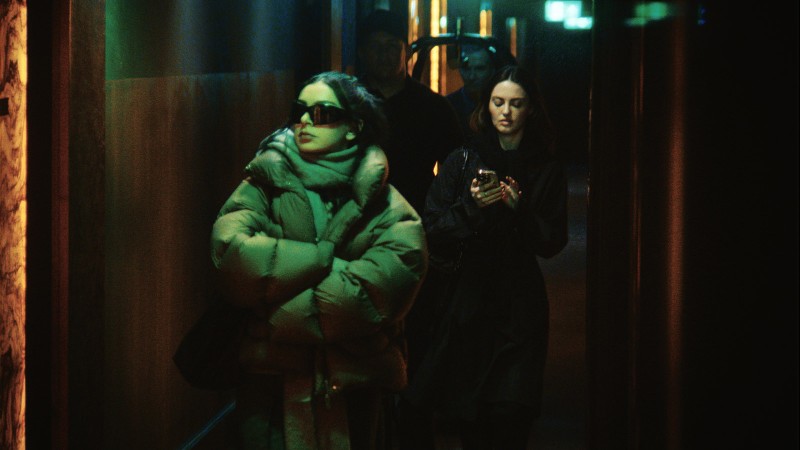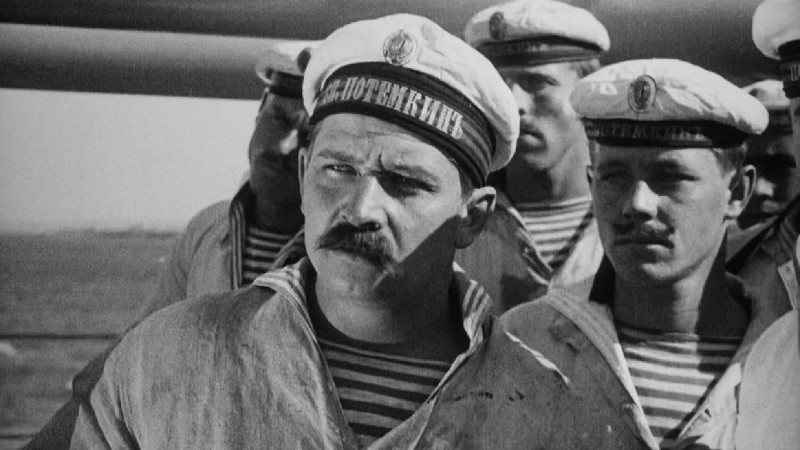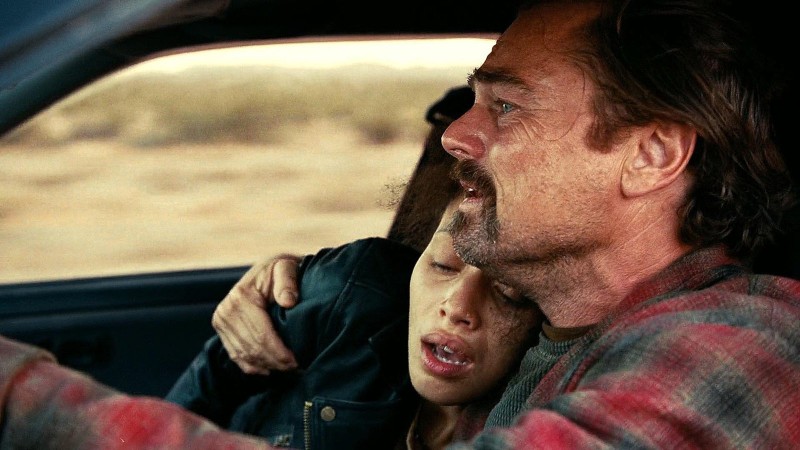Can’t Pin Them Down

John Ford made fourteen films with John Wayne, but he made twenty-six with Harry Carey, one of the first major stars of the silent era. In The Scarlet Drop (1918), Carey plays a loose cannon who holds up stagecoaches but eventually finds and wins over the love of his life.
- Cary Grant “belongs to everybody who loves movies, but I love him for all the ways the idealized quality of his screen persona is subverted through a latent queerness,” writes Willow Catelyn Maclay for Metrograph’s Journal. “For queer viewers like myself, he’s an especially intoxicating actor because he doesn’t exactly adhere to any specific idea of traditional masculinity or femininity. He is most comfortable residing somewhere in between, which is why his best acting partner was Katherine Hepburn, who contained that same evasiveness . . . Grant, especially alongside Hepburn, seems to transcend simple concepts of sexuality and gender identity—both of which are so important for the appeal of audience identification—and this natural adroitness collapses into the palette of his performance.”
- “Is Virginia Tracy the first great American film critic?” asks the New Yorker’s Richard Brody, who’s taken a deep dive into the forty-four pieces she wrote for the New York Tribune and resurfaced with evidence that she may well be. Beginning in December 1918 and through mid-October the following year, Tracy “established many things at once: a voice at once snappy and fancy, slangy in its vocabulary and tone and positively Jamesian in its syntax; a small but distinguished pantheon of actors and, yes, directors; and a set of ideas about movies in general which are far more consequential in film culture than most of the movies she discussed . . . She may even be the cinema’s first major theoretician. Her body of work cries out for a complete reissue in book form.”
- From 1965 to 1973, the late filmmaker Paul Morrissey was the “de facto C.O.O. and C.F.O.” at Andy Warhol’s Factory, as David Kamp describes him at Air Mail. “Morrissey’s attention to such details as bookkeeping and inventory allowed Warhol to get on with the job of being Warhol and the Factory’s scenesters to get on with their job of being broken, glittered, and tragicomic. Morrissey, it turns out, kept everything: thousands of photos, contact sheets, and film negatives; decades’ worth of correspondence; and all manner of notebooks, ledgers, and day-to-day ephemera from the Factory and his filmmaking career. Taken together, these items are, in all probability, the last great trove of untapped and unseen materials from the world that Morrissey and Warhol built.” Kamp takes us on a tour of the archive, which includes acoustic Velvet Underground demos and thirty hours of taped conversations between Morrissey and George Cukor, who dishes “freely about Cary Grant and Katharine Hepburn and getting fired by David O. Selznick from Gone with the Wind.”
- When Devorah Baum showed Jan Švankmajer’s Alice (1988) to her children, they told her that they “liked the violent bits best,” she reports for the London Review of Books. “To watch the movie with young children is to sense your parental authority getting joyously decapitated, scene by grisly scene, making this a film for children also in the sense of wreaking vengeance on the grown-ups in the room by chewing up every saccharine image of childhood and every morally prescriptive children’s story and spitting them out again. We may think we know what’s ‘for children,’ but can we even say for sure what a child is?”
- When both Daniel Benneworth-Gray and Jason Kottke recommend an interview you may have missed a couple of weeks ago, you get to it. Slate’s Sam Adams recently spoke with independent animator Don Hertzfeldt (It’s Such a Beautiful Day, World of Tomorrow, ME), who has some thoughts on his shift to digital, how streaming affects our perception of movies, and the project he’s revving up again. Antarctica, which Ari Aster will produce through his company, Square Peg, will be Hertzfeldt’s first truly collaborative effort, and it’s a feature he’s been writing and rewriting for several years. “I’m very confident in Antarctica,” he says. “I’ve made it in my head about twenty times. I know every shot.”



